African Cluster Bug Agonoscelis puberula
Superfamily: Pentatomoidea. Family: Pentatomidae Subfamily: Pentatominae
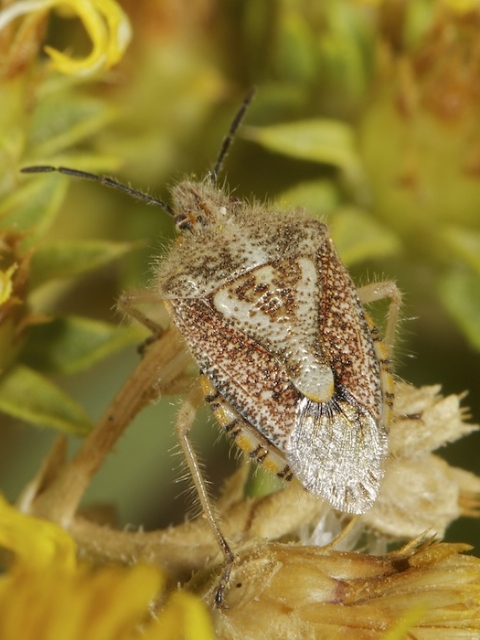
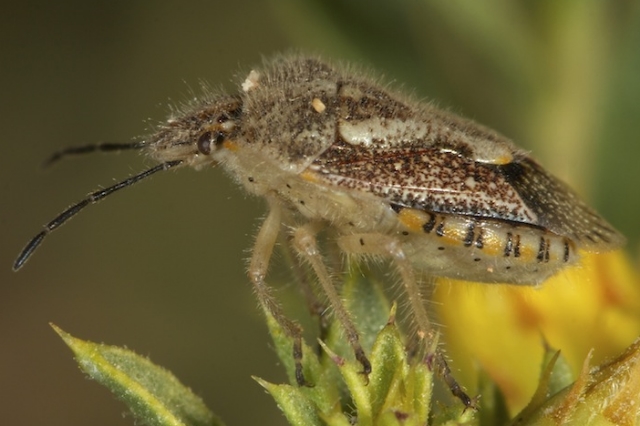
Kgalagadi Transfrontier Park
Description
Adult: The African Cluster Bug is 8-10 mm long with a yellowish broadly oval body that may have a red tint to the wings and a distinctly hirsute dorsum. Dorsum of abdomen black; on the dorsal side of the abdomen there are black marks that look like punctures arranged in stripes. There are distinct coarse black hairs or spines on the abdomen as well. A scent gland is located at the end of the abdomen. This species has a distinctively marked hemelytral membrane featuring dark radiating stripes. The tibiae are entirely pale; the tarsi are more or less blackish or fuscous.
Larva: Eggs are typically laid in the full resulting in nymphs that are brown in color with similar markings to that of the adult with dark stripes on the dorsal side instead of puncture like dots found on the forewing of the adult.
Distribution
Dominican Republic, Eritrea, Ethiopia, Jamaica, Kenya, Mexico, Namibia, Rwanda, South Africa, United States (AZ, CA, NM, TX, UT), Yemen, Zimbabwe.
Native to eastern & southern Africa extending northward to the Arabian peninsula: introduced and established in the New World (south US, Mexico, West Indies) since ca. 1985.
Biology
Usually found in large groups and are rarely found individually or in pairs. It is an important indication if one has been located because there are likely hundreds more nearby. An individual seed of horehound may contain a cluster of 30 adult African Cluster Bugs.
Food Hosts/Ecological Threat
Known hosts include members of Lamiaceae (horehound, thyme), Linaceae (flax), and Rubiaceae (coffee tree). It has also been reported damaging winter fruits in South Africa.
Links:
http://www.texasinvasives.org/pest_data ... ?symbol=35
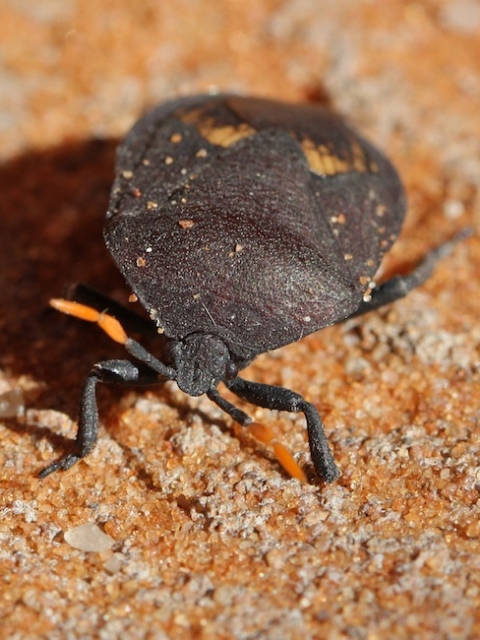 © ExFmem
© ExFmem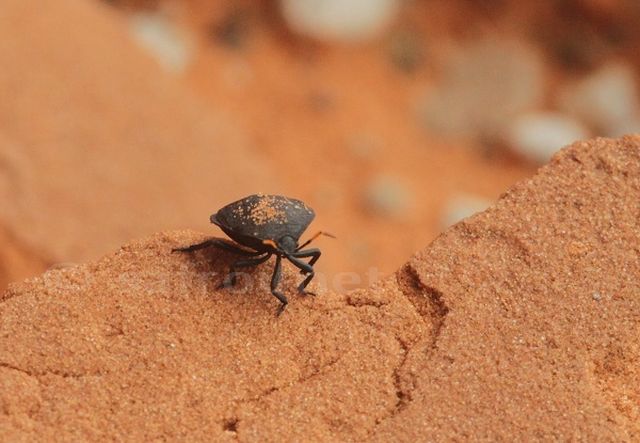 © nan
© nan


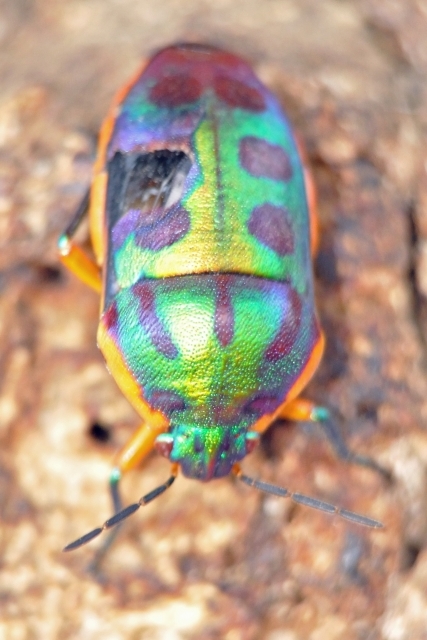 © BluTuna
© BluTuna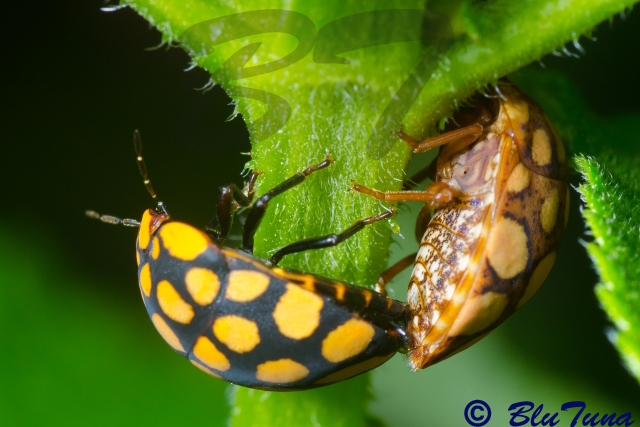 © BluTuna
© BluTuna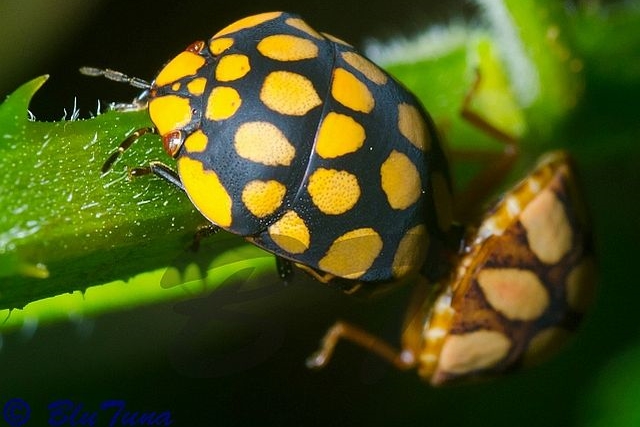 © BluTuna
© BluTuna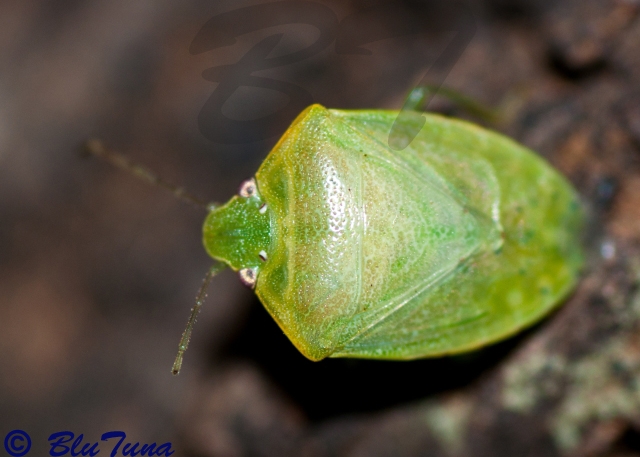 © BluTuna
© BluTuna

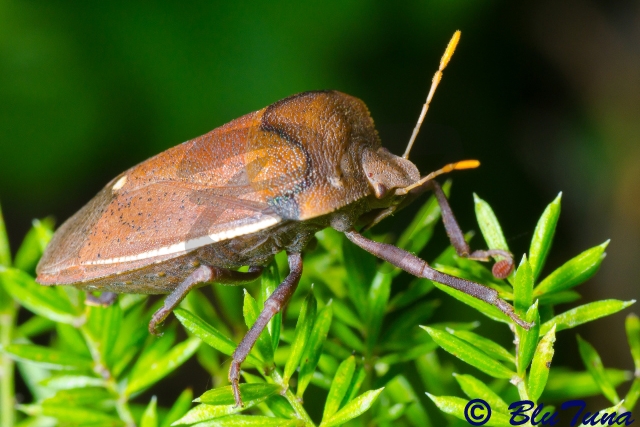 © BluTuna
© BluTuna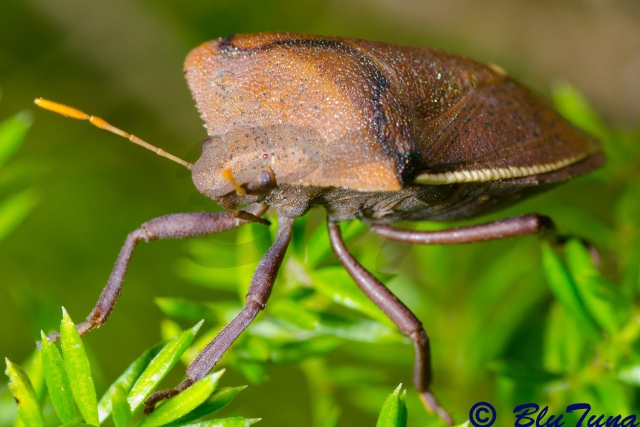 © BluTuna
© BluTuna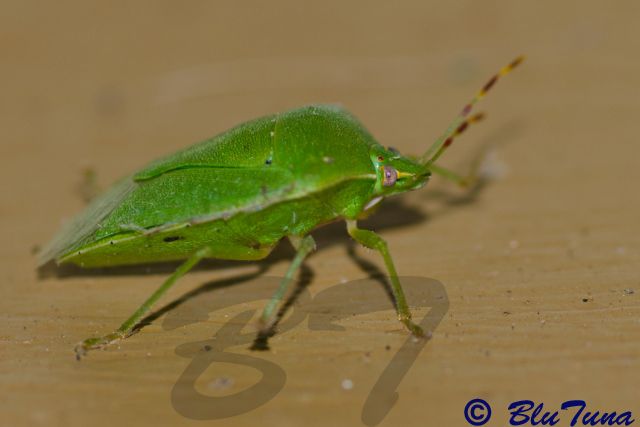 © BluTuna
© BluTuna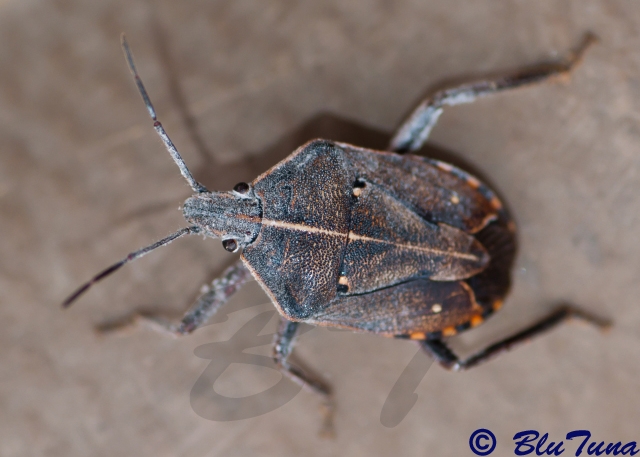 © BluTuna
© BluTuna